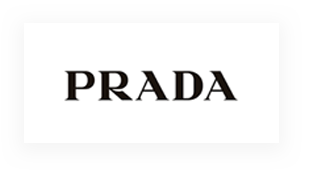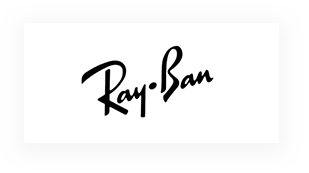What You Should Know About Corneal Disease
The cornea is one of the most important parts of the eye, as well as the most visible. It is the clear, outer surface that others can see when they look at you. Its purpose is twofold: to focus light into the eye for visual purposes and for protection. Without the cornea, the eye could be harmed by simple things like dirt and other objects floating through the air. It would also be ineffective at keeping ultraviolet wavelengths away from deeper parts of the eye and would be more susceptible to germs.
In most situations, the main threats to corneal health include sharp objects, excessive sunlight exposure and airborne debris. However, corneal disease can also affect the cornea and hamper eyesight. Here are two common types of corneal disease:
- Iridocorneal Endothelial Syndrome (ICE)
Iridocorneal endothelial syndrome (ICE) involves a combination of several things, including corneal swelling, iris changes and glaucoma development. Women have a higher likelihood of developing the disease, which often involves severe vision loss and excessive buildup of fluid in one or both eyes. Unfortunately, there are currently no treatments available to halt the progression of ICE, but doctors can treat glaucoma, which is associated with ICE.
- Corneal Dystrophy
There are several different types of corneal dystrophy that can affect the cornea and decrease vision clarity. Most of them can be linked to genetics and are not typically caused by a person’s lifestyle. Common varieties of corneal dystrophy include:
- Keratonocus
- Fuchs’ dystrophy
- Map-dot-fingerprint dystrophy
- Granular dystrophy
- Lattice dystrophy
Depending on the type of dystrophy a person has, doctors may recommend different treatment options such as ointments, special contact lenses, eye drops, corneal collagen crosslinking and corneal transplants.
There are many diseases that can affect the health of the cornea and a person’s vision. To avoid vision problems and pain, it is important to visit an eye doctor anytime you experience sudden changes in vision, pain in your eyes or a family history of corneal disease.
















